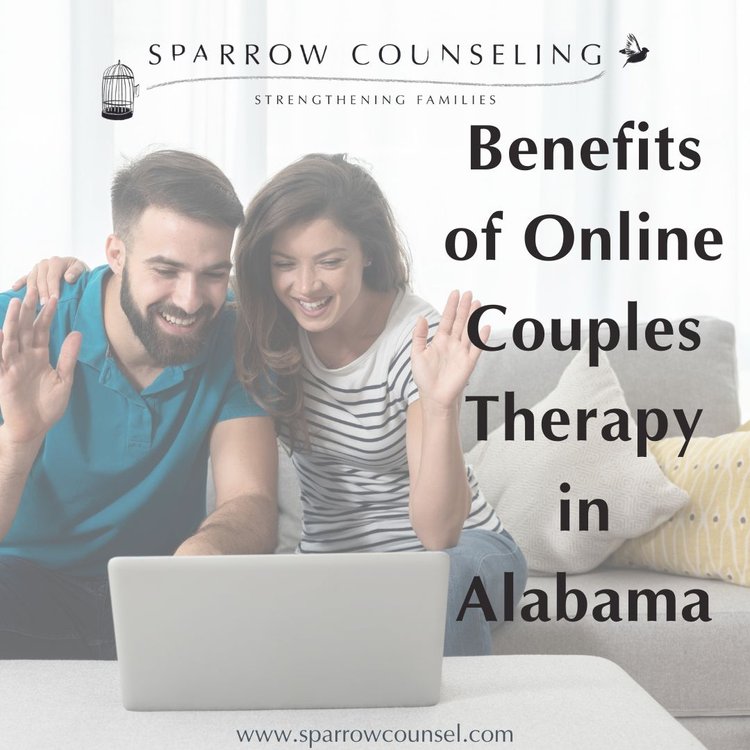The Aim Point Counseling Ideas
The Aim Point Counseling Ideas
Blog Article
The 15-Second Trick For Aim Point Counseling
Table of ContentsOur Aim Point Counseling PDFsAim Point Counseling Can Be Fun For AnyoneExcitement About Aim Point CounselingIndicators on Aim Point Counseling You Should KnowWhat Does Aim Point Counseling Mean?The Main Principles Of Aim Point Counseling
The longitudinal style includes a pre-treatment survey and two follow-up studies at 3- and 12-months post-intervention. The research study is embeded in eight Relationships Australia Victoria centres, across urban, external suburbs, and regional/rural websites. Relationships Australia, a non-government organisation, is the biggest service provider of pair counselling and connection solutions in Australia.
These high prices of partnership failure have actually been consistently associated with adverse wellness effects for both adults and kids following divorce/separation.
Indicators on Aim Point Counseling You Should Know
Longitudinal research studies additionally recommend that kids of divorce have a greater incidence of psychological disorders, medicine and alcohol use, and risky sex-related behavior [7] Although the effects of separation and separation can be detrimental, study indicates that high partnership disharmony in intact pairs is also most likely to have negative outcomes.
Study to date has identified both couple and private aspects that may add to connection dissonance. These consist of relationship complete satisfaction and commitment at the couple level, and anxiety at the individual level.
The Of Aim Point Counseling
Partnership contentment has actually been the most usual end result variable determined in greater than 200 analyses of pair therapy [11,12] Studies have actually discovered significant renovations in relationship satisfaction from pre- to post-treatment [13,14] and throughout one to 2 years complying with counselling [15] In these researches, connection complete satisfaction was most regularly examined utilizing the Dyadic Change Range (DAS) [16] While a lot of researches show improvements in relationship fulfillment adhering to pair coaching, they are restricted by the samples and actions used, largely short-term follow-up time frameworks, and analyses that do not account for the dyadic nature of couple data., is one more frequently checked out connection end result.
To summarise, research indicates that couple-specific variables as well as individual elements may anticipate the results of pair coaching and connection solutions. The causal direction of these connections, however, is less clear. These monitorings are vital, since, to warrant and lead the application of partnership services such as couple coaching, empirical evidence has to discover both the results of connection services and the factors that predict effective treatment.
, at the very least in some European countries.

We currently recognize little about the profiles of couples that choose partnership education compared to those that look for relationship therapy, or the end results of these programs. Anecdotal evidence suggests that there may be substantial distress among at least some pairs looking for partnership education. Connection education and learning programs vary from pair counselling as they are commonly highly structured, carried out in teams, and concentrate on a mixture of 4 parts; awareness, feedback, cognitive modification, and skills training [45]
The Aim Point Counseling Ideas
Comments involves individuals finishing surveys regarding their relationship (e.g. measures of social issues), and receiving details on what their ratings show. Cognitive-behavioural approaches advertise altering cognitions to facilitate favorable relationships. These might include advertising sensible attributions/expectations around negative partner behaviour [46] In abilities training, couples participate in lectures or discussions on connection abilities, and practise these throughout facilitator-led activities [ 45]
These meta-analyses highlight constraints in the existing literary works on relationship education and learning. This example account may not represent clients who commonly offer for relationship education.
The Only Guide for Aim Point Counseling

Really little research study has examined the relative advantages of couple coaching and partnership education programs. As clients are most likely to self-select into these service kinds, it is not clear whether characteristic partnership distress profiles existing to every service kind, or undoubtedly whether there is an interaction in between providing account, service kind and result.
(https://experiment.com/users/a1mpoint)
Therefore, we have consisted of a 12-month follow-up to assess go to these guys longer-term trends and effects.
Therefore, we recommend to use multi-level statistical modelling treatments that control for the inter-dependence of pair data to analyze any type of treatment results. The specific goals of the ECC study are to: 1. Map accounts of clients seeking area agency-based couple coaching vs. relationship improvement programs in terms of socio-demographic and connection indicators (such as connection complete satisfaction, partnership commitment, social troubles, and reasons for participating in), as well as health and wellness (such as depression, general well-being) and health solution usage (eg.
2. Establish whether couple coaching and relationship education solutions boost 3- and twelve-month end results for relationship fulfillment, dedication, and depression, using statistical analyses ideal to couple data. 3. Figure out the relative contributions of customer variables (individual and couple) and therapy/education elements to outcomes at 3- and 12-months, and to sustainability of outcomes in time.
Aim Point Counseling Can Be Fun For Anyone
Multi-level modelling to establish pre-post distinctions, controlling for dyadic (pair) degree. To contribute to the literary works analyzing the performance of community-based pair coaching. The results will certainly help medical decision-making in community-based relationship solution setups, and expert training. 3. To determine the loved one contributions of client/couple and treatment elements to end results at 3- and 12-months, and to sustainability of results with time.
Report this page